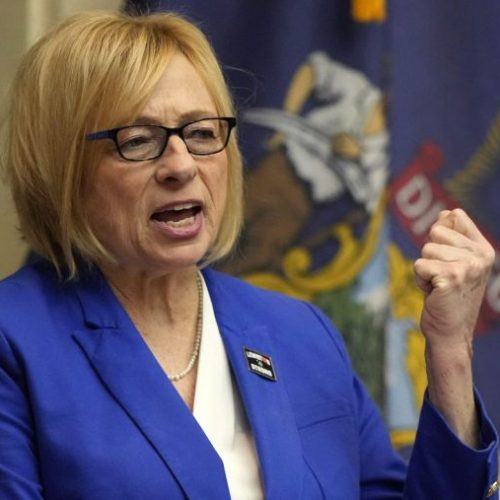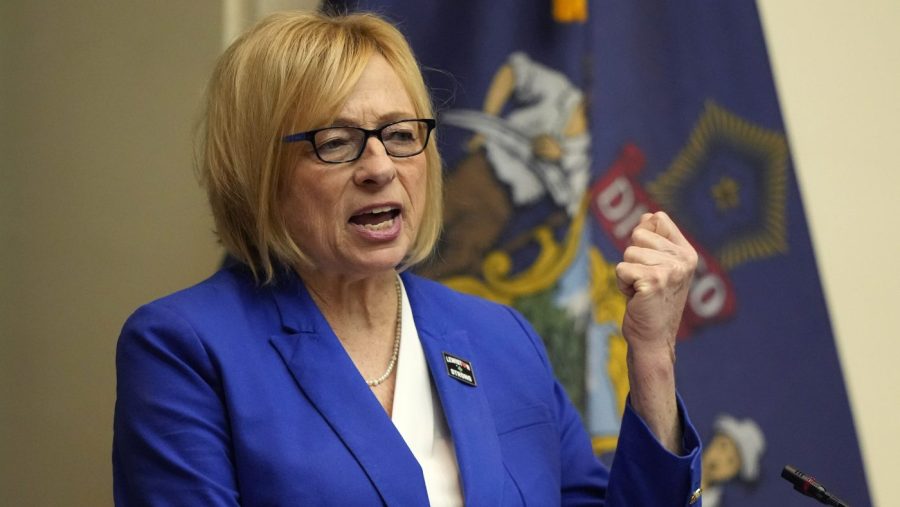Trump’s Executive Orders on Government Efficiency: Moving Fast with Unclear Plans
President Donald Trump has signed a series of executive orders aimed at dramatically reshaping the federal workforce and government operations. These actions, implemented under the banner of “government efficiency,” are moving at a rapid pace but have raised questions about their long-term impact and feasibility.
Key Points:
Trump signed an executive order implementing the Department of Government Efficiency (DOGE) workforce optimization initiative.
The order aims to significantly reduce the size of the federal workforce through hiring limitations and large-scale reductions in force (RIFs).
Agencies will be required to hire only one new employee for every four who depart, with exceptions for national security, public safety, and immigration enforcement roles.
The newly renamed United States DOGE Service will play a central role in evaluating federal workforce issues and modernizing government technology.
Potential Impact:
1. Workforce Reduction: The order could lead to significant attrition across government agencies, potentially hampering their ability to fulfill key aspects of their missions.
2. Operational Changes: Agencies will need to prioritize essential positions and may struggle to maintain current service levels with reduced staff.
3. Legal Challenges: Several lawsuits have already been filed challenging the lawfulness of DOGE and related actions.
4. Economic Effects: Large-scale federal workforce reductions could have ripple effects on local economies dependent on government employment.
Background and Context:
These executive orders are part of Trump’s broader “America First” agenda, which seeks to reshape various aspects of government operations and policy. The actions reflect a significant departure from previous administrations’ approaches to federal workforce management.
Different Perspectives:
Supporters argue that these measures will increase government efficiency and reduce unnecessary spending. Critics, however, contend that the rapid implementation and scale of these changes could lead to unintended consequences and disruptions in essential government services. Democratic lawmakers and some federal employee unions have expressed concerns about the potential impact on government operations and worker rights. Meanwhile, many Republicans have welcomed the efforts to reduce the size of government.
Why It’s Important:
These executive orders represent a significant shift in federal workforce policy that could have far-reaching implications for government operations, public services, and the broader economy. The speed and scale of implementation raise questions about long-term sustainability and potential unintended consequences. As these policies unfold, it will be crucial to monitor their impact on government services, federal employees, and the overall effectiveness of government operations. The legal challenges and potential congressional responses will also play a significant role in shaping the ultimate outcome of these initiatives.









